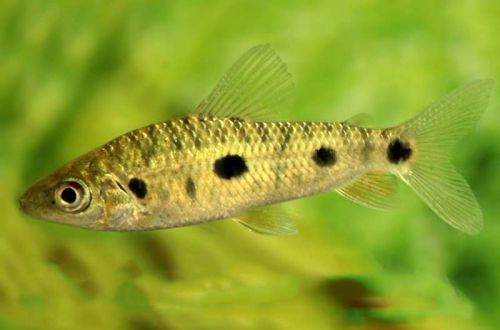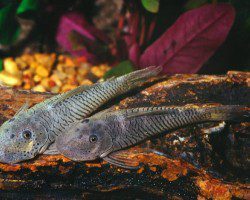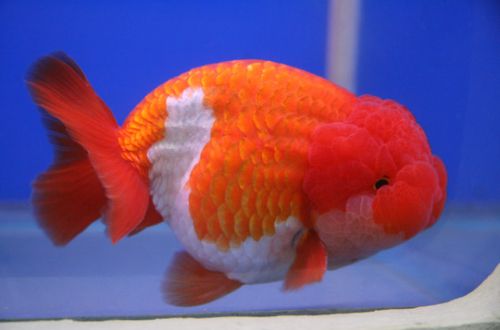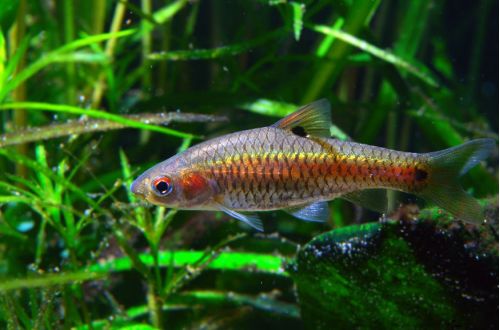
Leporinus venezuelans
Venezuelan Leporinus or Steyermark Leporinus, scientific name Leporinus steyermarki, belongs to the family Anostomidae (Anostomidae). The fish is named after its discoverer, Julian Steiermark, who led a botanical expedition to Venezuela in 1953.

Contents
Habitat
The fish is native to South America. It is predominantly found in river systems with fast (sometimes stormy) in Venezuela.
Description
Adult individuals reach a length of up to 30 cm. The color is pale golden with a pattern of black rounded spots and gray vertical strokes. Sexual dimorphism is weakly expressed. Males and females have few visible differences.
Behavior and Compatibility
In nature, they live in large groups, so the most natural thing for an aquarium would be to acquire a small flock of 8-10 individuals. It is noted that in smaller numbers, in conditions of lack of space, they become hostile towards relatives and other species.
In spacious aquariums, they are peacefully attuned to other calm species of comparable size, while small fish will be endangered. A good neighborhood is observed with some South American cichlids, Plecostomuses, Corydoras catfish, etc.
Brief information:
- The volume of the aquarium – from 500 liters.
- Temperature – 23-28°C
- Value pH — 6.5–7.0
- Water hardness – 3–12 dH
- Substrate type – any
- Lighting – subdued, moderate
- Brackish water – no
- Water movement – moderate
- The size of the fish is up to 30 cm.
- Nutrition – any food with a high plant content
- Temperament – peaceful
- Keeping alone or in a large group
Maintenance and care, arrangement of the aquarium
The optimal size of the aquarium for a group of 8-10 young fish starts from 500-600 liters. If kept alone, a smaller tank is acceptable. In the design, it is recommended to use large snags, a rocky substrate, boulders and thickets of unpretentious plants with hard leaves. The Venezuelan leporinus prefers a plant-based diet, so most tender plants will be damaged or eaten. In the diet, it is important to provide food rich in plant components.
An imitation of the internal flow is welcome, which can be achieved by the operation of one or more filters if the water jet is directed along the tank. Or use a special pump.
Despite enhanced filtration, we must not forget about the regular maintenance of the aquarium. It is important to keep it clean by regularly cleaning the soil and design elements, replacing part of the water with fresh water, and removing accumulated organic waste.





